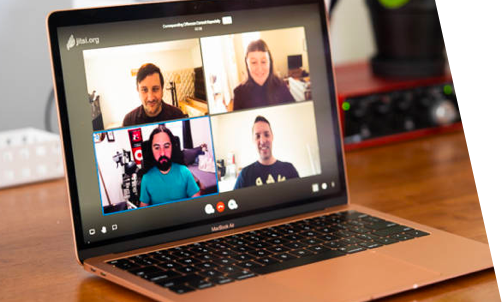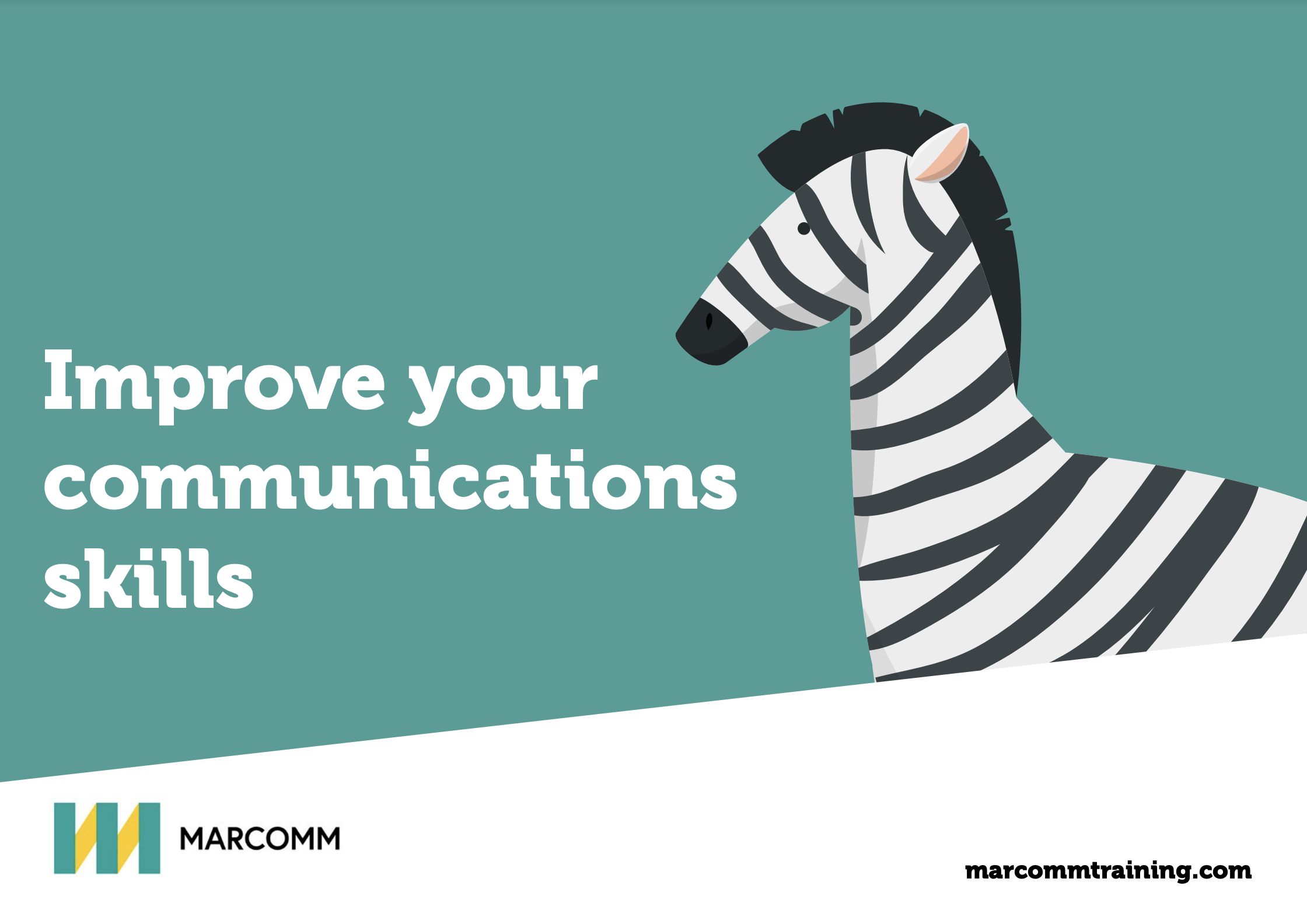When we think of communication skills, we tend to think of how we speak or how we present. Listening skills rarely get a mention.
A typical scenario, someone asks you “how was your weekend” but before you can answer, they were telling you about their amazing weekend. How do you feel? The other party are asking a question with the sole purpose of telling you about themselves. In truth they have very little interest in listening to you. How many times have you experienced this?
How many other poor listening behaviours can you recognise?
Someone who wants to give you advice without really listening or understanding your issues. A colleague who believes a good conversation is one in which they do most of the talking. The friend who speaks over you not allowing you to finish your sentence or even worse, finishes your sentence for you. Of course, the one we find most frustrating, the person who tells you to carry on speaking while they check their emails or their phone messages.
We all just want to be heard.

Becoming an effective listener is not something that just happens by chance. It is a skill that takes conscious effort to develop but once you grow in this area, no other skill will serve you better in your personal or work life. Effective listening is at the heart of everything we do as leaders, be that managing people or dealing with clients. Effective listening can give you the edge.
Only by properly listening do we earn the right to comment on the other
party’s situation, but what do we mean by properly listening?


